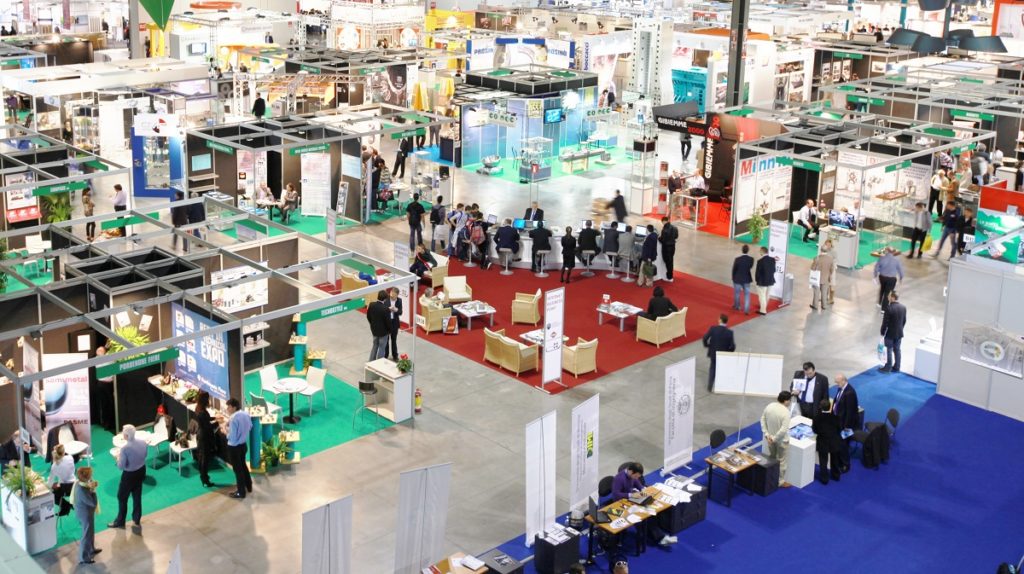A successful trade show requires thoughtful planning, an organised approach, creativity and resilience. For first-time organisers, the biggest challenge lies in incorporating all the required elements. Without the right preparation and resources, the effort that goes into it is all for nothing.
The Planning Process
It can be tempting to dive right away into the exciting part of an expo but doing so only increases the financial risk and reduces the chance of success. What seasoned organisers do is first identify the potential of their market and establish a budget in order to determine the perfect date and time for the event. Because an expo is difficult to plan alone, organisers create a team either by outsourcing or hiring. Roles such as project manager, event planner, marketing manager and sales are assigned to respective individuals. Those related to operations and creatives are usually outsourced.
Once teams are in place, organisers create a logistics document that includes everyone’s phone number and a calendar. This way all relevant information and expectations are communicated and everyone can be contacted while on site. If travel dates are required, teams are informed and hotel rooms are secured.
It is important in every expo to have main partners or sponsors to help get the word out there. This is because they have a lot of expertise in the industry being targeted. In return, they are given high exposure before, during and after the expo. They can also be included on mailing lists and display banners.
Four to six weeks before the expo, organisers prepare their emails to inform their audience about the event and announce any important news and teasers. Attendees should be invited to participate in a prep call the week before the trade show is scheduled to discuss additional event details and answer queries.

The Operational Process
At this point, organisers are already able to forecast their foot traffic and the number of exhibitors and speakers. This makes it easier for them to select a location and book a venue that will best fit their needs. Choosing a venue, however, isn’t easy as there are numerous factors to take into account. What different services does it provide? How many rooms does it have? Does it help with event planning? And how about the weather, transportation and availability of event facilities?
Once a location and venue have been settled, it is time to plan the layout. This is important to ensure that the floor plan is able to accommodate different types of booths and give attendees enough space to walk from one exhibit to another. There will also be a need for lighting, carpeting, audio visual equipment and commercial catering equipment suppliers to transform the venue into one lively event.
The Marketing Process
Promotion begins once the date and place of the event have been set. While it is the longest and most demanding part in organising a trade show, different techniques can be used to sell exhibitor booths and attendee tickets. These include emails, calls, social media and displays. There are some attendees, however, that wait the last minute to register for an expo. What organisers do is create urgency by offering incentives such as an early bird price and limited spaces available.
With the big event coming soon, it is time to create on-site marketing materials to make sure all participants have a wonderful experience. These materials are also a great medium to promote sponsors. These include swag bags, kiosks, banners, flyers and directional signs.
Trade shows require meticulous planning and coordination. While they don’t always guarantee overall success, they still offer companies a chance to boost their business. Organising an expo is seemingly overwhelming but it can be one of the most exciting and fulfilling tasks when done successfully.

